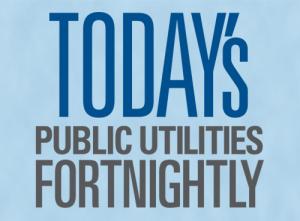How Clean was the U.S. Grid?

How clean was the U.S. electric grid in 2018 relative to other countries’ grids?
To answer this question, we crunched data in the International Energy Agency’s recent report, “Global Energy & CO2 Status Report 2018.” And in tables published by the U.S. Energy Information Administration.
In 2018, the U.S. grid’s mix was 27 percent coal, 1 percent oil, 35 percent natural gas, 19 percent nuclear, 7 percent hydro, 2 percent biomass and waste, 7 percent wind, and 2 percent solar. That’s 28 percent high emissions of carbon dioxide (coal and oil), 35 percent of low emissions (natural gas), and 37 percent zero emissions.
Also in 2018, the mix for all the world’s grids was 38 percent coal, 3 percent oil, 23 percent natural gas, 10 percent nuclear, 16 percent hydro, 3 percent biomass and waste, 5 percent wind, 2 percent solar and 1 percent other renewables. That’s 41 percent high emissions, 23 percent low emissions, and 36 percent zero emissions.
Let’s compare the U.S. and all of the world.
The U.S. mix had a much smaller pie slice for sources with high emissions. And a much larger pie slice for sources with low emissions.
And the pie slice for sources of zero emissions was very slightly larger for the U.S. than for the world overall.
What explains the differences? The U.S. mix has far less hydro – a clean power source – than many other countries. We make up for that with far more nuclear – another clean source.
And, the U.S. mix has far less coal – the main source of emissions in the electric sector. We make up for that with far more natural gas – a significantly cleaner source.
Bottom line? The U.S. grid is considerably cleaner than the grids of the rest of the world, averaged.
Because we’ve substituted natural gas for coal to a great extent. And because we’ve developed very slightly better than average zero emissions sources despite having relatively little hydro.



